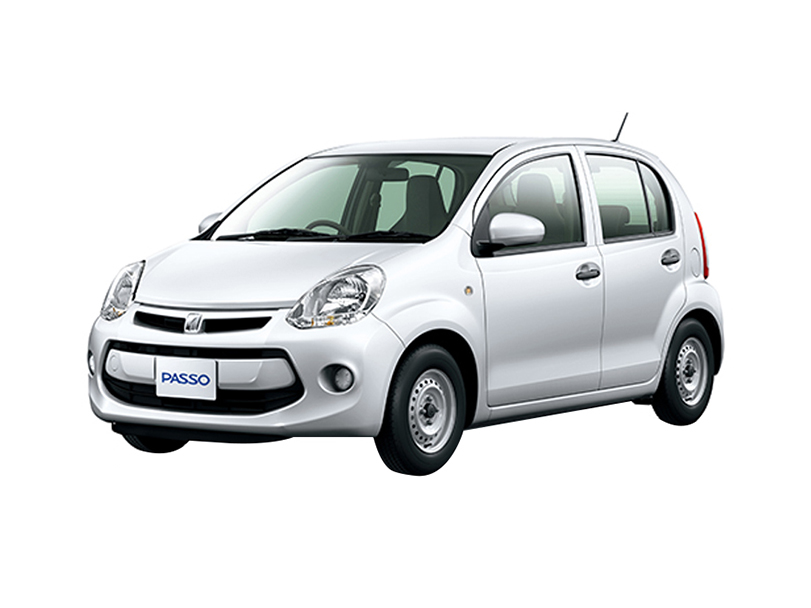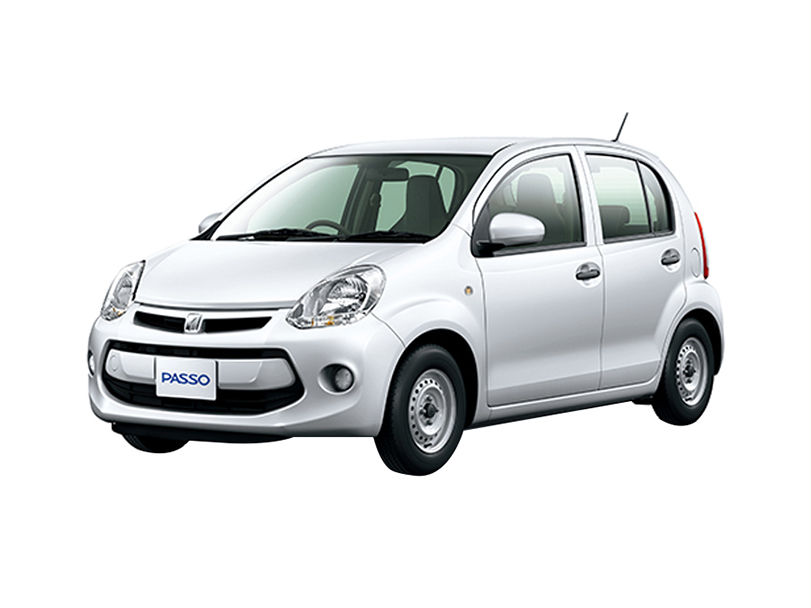Introduction
The automotive industry is constantly evolving, with manufacturers introducing new models that combine efficiency, style, and advanced technology. One such vehicle that has been gaining attention is the Passo Car. Designed for urban commuting and everyday practicality, the Passo offers a blend of compact design, fuel efficiency, and modern features.
In this article, we will explore the history, design, performance, features, and market positioning of the Passo Car. Whether you’re considering purchasing one or simply curious about this model, this guide will provide all the essential details.
1. History of the Passo Car
The Toyota Passo (also known as the Daihatsu Boon in some markets) was first introduced in 2004 as a collaboration between Toyota and Daihatsu. The name “Passo” is derived from the Italian word for “step,” symbolizing a step forward in compact car design.
Key Generations:
- First Generation (2004–2010): Focused on affordability and fuel efficiency.
- Second Generation (2010–2016): Improved styling, better interior space, and enhanced safety features.
- Third Generation (2016–Present): More modern aesthetics, hybrid options, and advanced tech integrations.
The Passo has been particularly popular in Japan and Southeast Asia, where compact cars are in high demand due to urban congestion and fuel economy needs.

2. Design and Exterior Features
The Passo Car is designed for urban mobility, offering a sleek and compact body that is easy to maneuver in tight city streets.
Key Design Elements:
- Compact Dimensions: Typically measures around 3.6–3.8 meters in length, making parking effortless.
- Modern Styling: Smooth curves, a bold front grille, and stylish headlights.
- High Roof Design: Enhances interior headroom for passenger comfort.
- Lightweight Body: Improves fuel efficiency without compromising safety.
The latest models feature LED lighting, alloy wheels (in higher trims), and customizable color options, appealing to younger drivers.
3. Interior and Comfort
Despite its small size, the Passo maximizes interior space efficiently.
Interior Highlights:
- Spacious Cabin: The tall roof design ensures ample headroom.
- Adjustable Seating: Foldable rear seats for extra cargo space.
- User-Friendly Dashboard: Simple controls with an optional touchscreen infotainment system.
- Storage Solutions: Multiple compartments, cup holders, and door pockets.
While not a luxury vehicle, the Passo provides a comfortable and practical interior suitable for daily commutes.
4. Engine and Performance
The Passo is designed for fuel efficiency rather than high-speed performance, making it ideal for city driving.
Engine Options:
- 1.0L & 1.3L Petrol Engines: Economical and reliable, offering 20–25 km/l mileage.
- Hybrid Variant (Recent Models): Combines a petrol engine with an electric motor for even better fuel economy.
Transmission Choices:
- CVT (Continuously Variable Transmission): Smooth acceleration and optimal fuel efficiency.
- Manual Transmission (Base Models): For drivers who prefer more control.
The Passo is not built for racing but excels in stop-and-go traffic, making it perfect for urban environments.
5. Technology and Safety Features
Modern Passo models come equipped with advanced tech and safety systems.
Technology Features:
- Touchscreen Infotainment: Supports Bluetooth, navigation, and smartphone connectivity.
- Rearview Camera: Helps with parking in tight spots.
- Keyless Entry & Push-Button Start: Enhances convenience.
Safety Features:
- ABS & EBD: Improves braking performance.
- Airbags: Dual front airbags (additional side airbags in higher trims).
- Vehicle Stability Control (VSC): Prevents skidding in slippery conditions.
While not as advanced as premium cars, the Passo provides essential safety for its class.
6. Fuel Efficiency and Environmental Impact
One of the biggest selling points of the Passo is its excellent fuel economy.
- Petrol Models: ~20–25 km/l (varies by driving conditions).
- Hybrid Models: Even better efficiency with lower emissions.
This makes the Passo an eco-friendly choice for budget-conscious and environmentally aware drivers.
7. Market Positioning and Competitors
The Passo competes in the compact hatchback segment, rivaling models like:
- Suzuki Swift
- Honda Brio
- Mirage (Mitsubishi)
Why Choose the Passo?
✔ Affordable pricing (lower than many competitors).
✔ Toyota’s reliability (known for long-lasting engines).
✔ Great fuel efficiency (ideal for city driving).
However, those seeking more power or luxury features might prefer larger sedans or SUVs.
8. Pros and Cons of the Passo Car
Pros:
✅ Excellent fuel economy (saves money on gas).
✅ Compact & easy to park (great for crowded cities).
✅ Reliable Toyota engineering (low maintenance costs).
✅ Affordable price tag (budget-friendly).
Cons:
❌ Limited power (not ideal for highway speeds).
❌ Basic interior (lacks premium materials).
❌ Small cargo space (compared to larger hatchbacks).
9. Who Should Buy a Passo Car?
The Passo is best suited for:
- City commuters who need a fuel-efficient, easy-to-park car.
- First-time car buyers looking for an affordable and reliable option.
- Small families needing a practical daily driver.
However, those who frequently drive on highways or need more space may want to consider a larger vehicle.
10. Conclusion: Is the Passo Car Worth It?
The Toyota Passo is a smart choice for urban drivers who prioritize fuel efficiency, affordability, and practicality. While it may lack the power and luxury of bigger cars, its low running costs, compact design, and Toyota’s reliability make it a compelling option in the compact car segment.
If you’re looking for a budget-friendly, economical, and easy-to-drive car for city life, the Passo is definitely worth considering.
Would you drive a Passo? Let us know in the comments! Passo Car is very nice Passo Car is very good for every one

